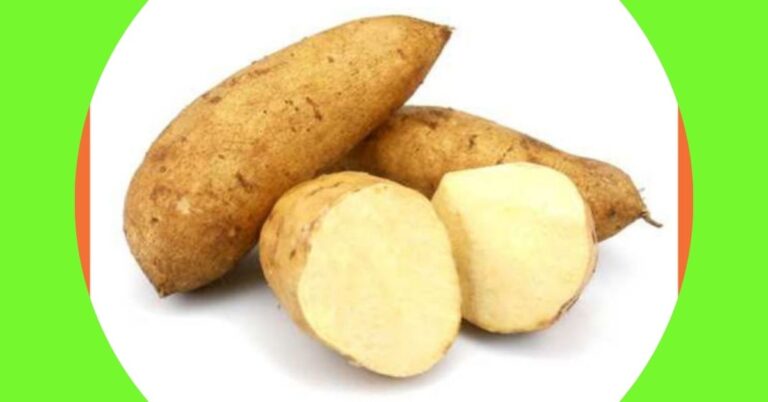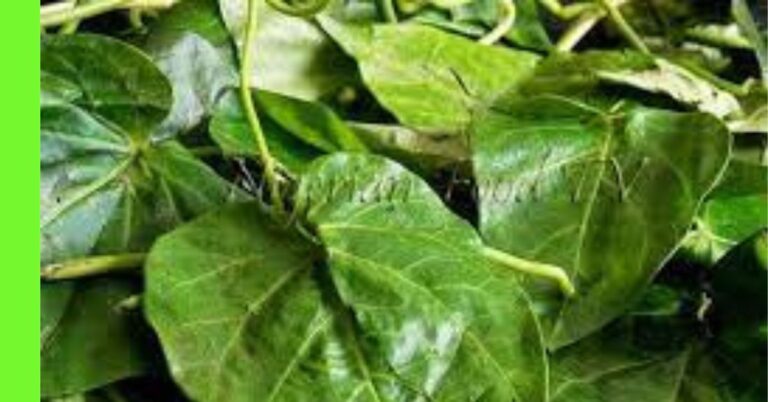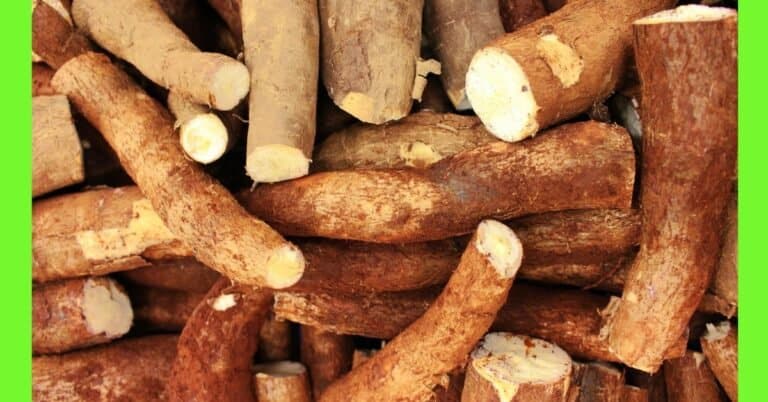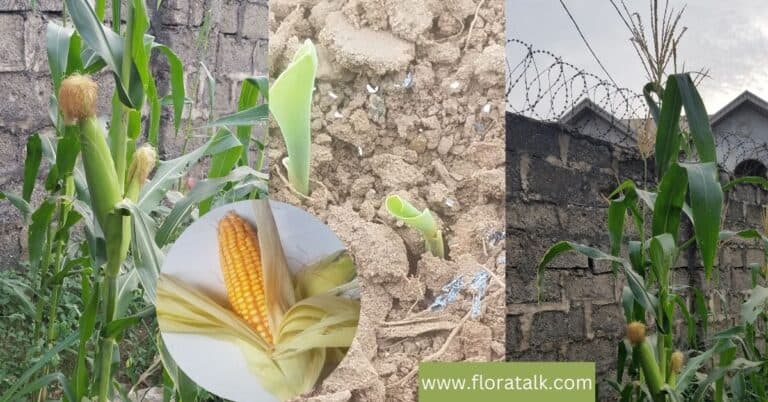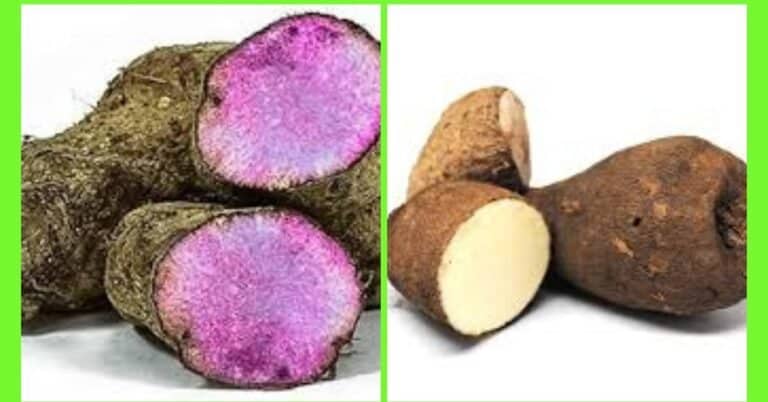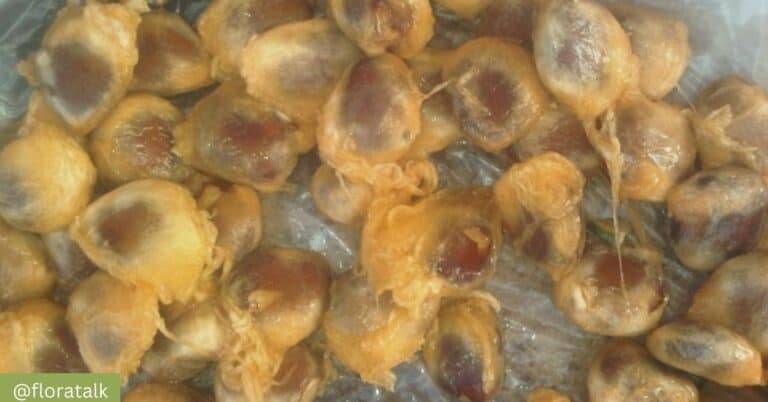Pap For Food: What You Need To Know
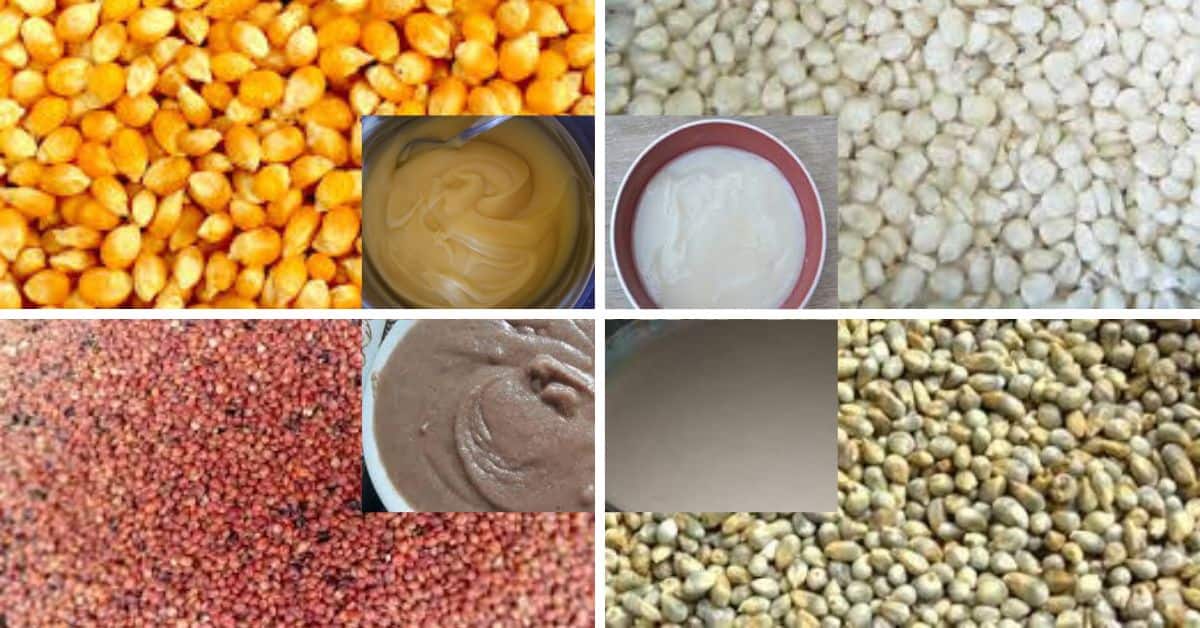
Pap is a semi-liquid food, taken by both adults and babies.
Made from one of the world’s most popular cereal grain corn/maize (Zea Mays)
Other grains used are guinea corn/sorghum (Sorghum Vulgare) and millet (Pennisetum Glaucum).
All three grains mixed together to make another Variety of pap.
Although pap is known to be made from corn and the other two grains mentioned above there is also pap made from tiger nuts
It’s a meal popular in Nigeria known as Akamu by the Igbo’s and Ogi by the Yoruba’s and Koko by the Hausas. It’s in general called Pap.
Pap (akamu) looks and has a texture like custard, especially yellow pap which is also similar in colour. But very different in taste.
It has a consistency from thin pouring to a thick paste.
Served any time of the day but often taken as breakfast and dinner,
Can serve as a standalone meal or used to complement other dishes meals like
- Moi Moi,
- Akara (beans cake)
- Beans Porridge
- Okpa
- Fried or Roasted Plantain to mention a few.
Used to complement protein-based foods since it’s high in carbohydrates.
Sometimes served as a dessert.
Making pap for food is one of the many things you can do with a corn plant in your garden
Process of Pap Making
Has a unique sour taste gotten from the fermentation process it goes through.
Pap processing involves leaving the grain to soak in water for some days, this allows for some level of fermentation to take place
Next, It is then blended, sieved, then starch collected after settling, water is then drained off, the sediment is the raw pap that is used in making pap we eat.
Learn more on how to process corn for pap.
The Many Colours of Pap (Food)
This food comes in various colours and it all depends on the grain used in making it,
White corn produces the white pap,
Yellow corn produces yellow pap,
Guinea corn produces brown pap,
Millet gives grayish pap.
Grains processed together to give a different colour blend, depending on the mixture and proportion.
The Mixture of corn, guinea corn, and millet with some other ingredients makes Tom brown
Other Pap For Food Variations
To enhance flavour use Spices like ginger, garlic, cloves (kanumfari)
Add some fishy flavour by putting Crayfish, dry fish this enriches it with protein especially in meals made for babies,
Use natural sweeteners like Sweet potatoes, dates (dabino), blended and added when pap is been processed,
Combine corn grains with soybeans and groundnut to enrich pap.
Nutritional Information
| Yellow Corn / Maize Pap | White Corn / Maize Pap | Guinea Corn (Sorghum) Pap | Finger Millet Pap | |
| Calories (Kcal) | 400 | 398 | 407 | 336 |
| Fat (g) | 5.5 | 5.1 | 4.4 | 1.5 |
| Carbohydrate (g) | 77.8 | 77.8 | 82.2 | 72 |
| Protein (g) | 9.8 | 10.5 | 9.8 | 7.7 |
| Cholesterol (g) | 0 | 0 | 0 | 0 |
Potassium, iron, zinc, calcium and dietary fiber are found in good amounts.
Benefits of Taking Pap
- Completely a natural meal
- It’s fast food and cheap
- Easy on your digestive system, because it’s easy to digest.
- A good source of energy as it contains a large amount of carbohydrate
- Help keep you hydrated because it has a high water content
- Improves breast milk production in nursing mothers
- Good for a baby’s tender stomach (baby food) and serves as a weaning food. Babies can start taking pap from 5 months.
- A portion of good food for convalescing individuals.

